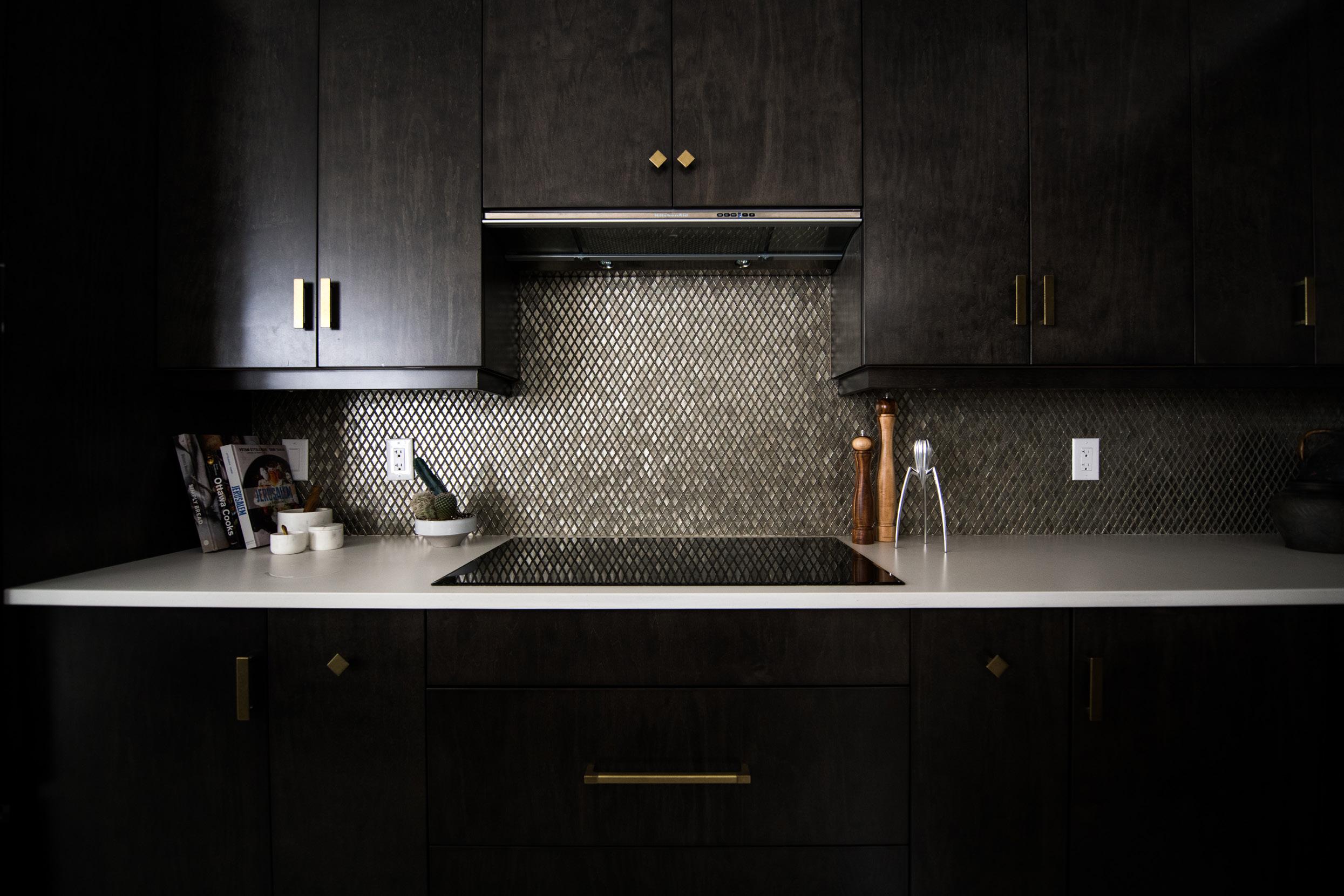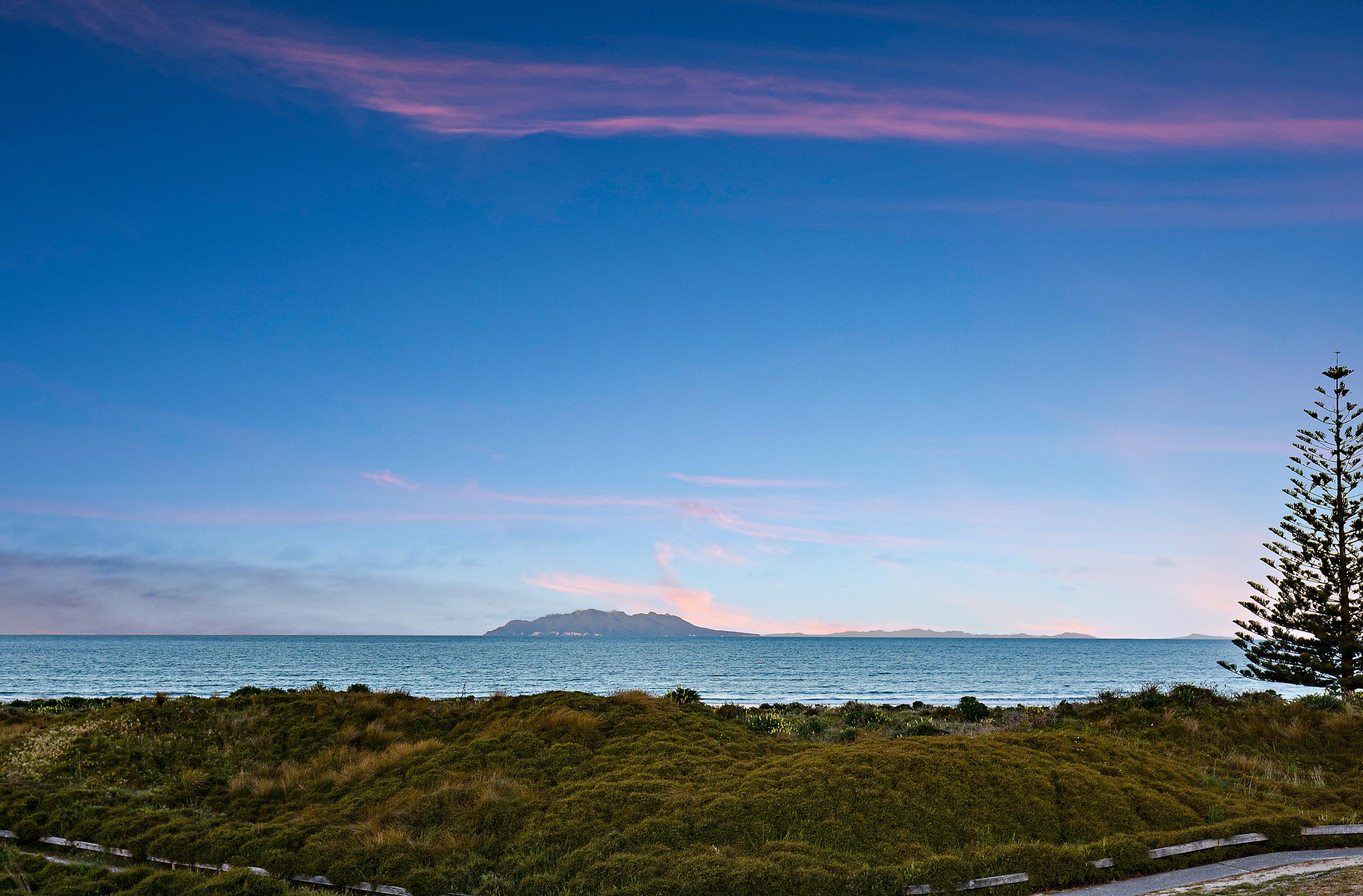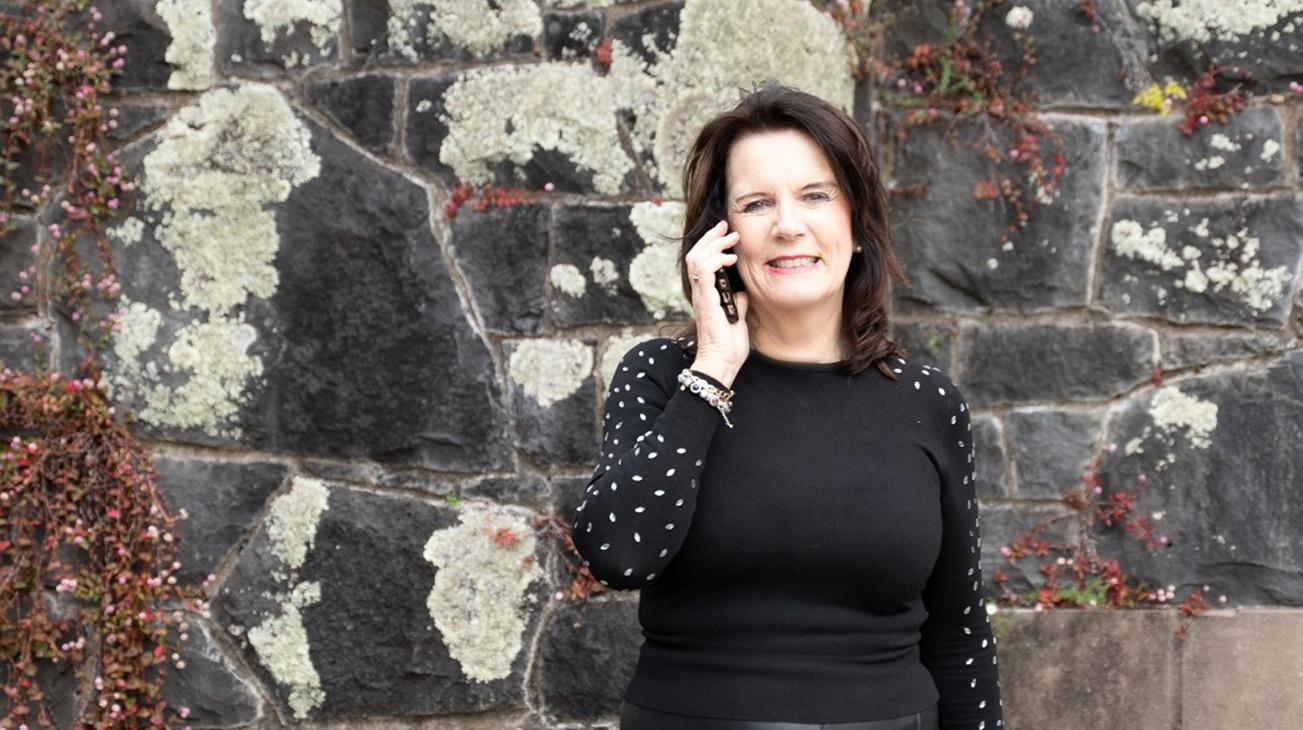
3 minute read
Make a Splash With Your Kitchen Splash Back
MAKING A splash
WITH YOUR KITCHEN SPLASH BACK
Advertisement
I suspect there are a lot of people right now who are either thinking about renovating the kitchen or are already part way through the process, as all our cabinet makers are booked for months. Laura Heynike from Pocketspace shares how they make a splash!
The splash back’s job is to protect the wall and cabinetry from water and food splashes. It usually extends from behind the cooktop’s hob to meet the lower edge of the upper cabinets or goes all the wall.
These days short upstands (where the bench material curves up the wall) are no longer specified, and instead splash backs are the feature - all the way up the wall. As an extension of a bespoke designer kitchen the splash back can encompass the whole space not just a small area around the cooktop or sink.
A tiled splash back is by far the most popular choice. It is low maintenance and provides the opportunity to bring in personal taste.
Tiles range from the subtle handmade organic-toned look, introduce a bit of pattern with shapes such as hexagons or penny round and come in any colour that ties in the rest of the scheme.
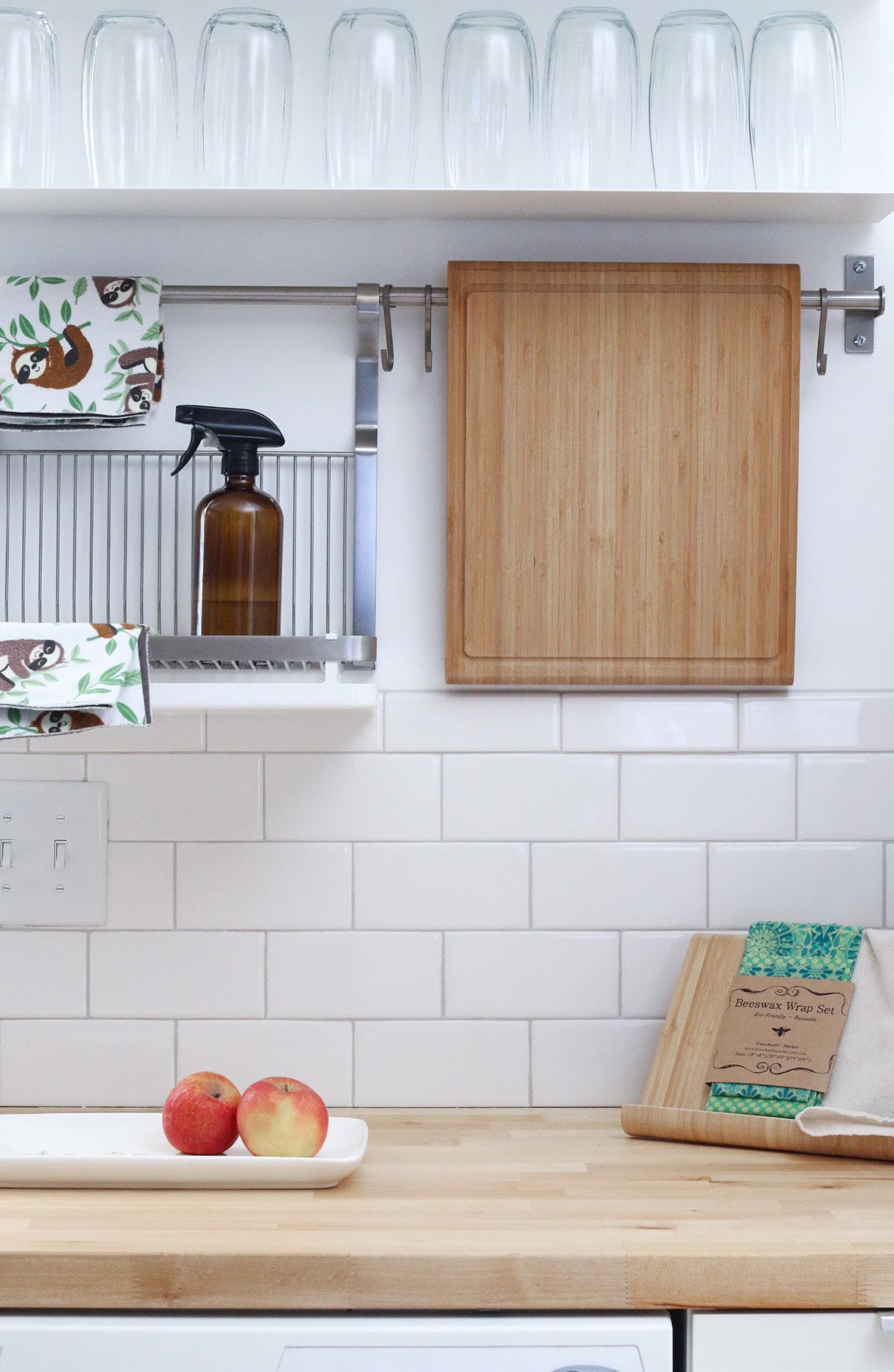
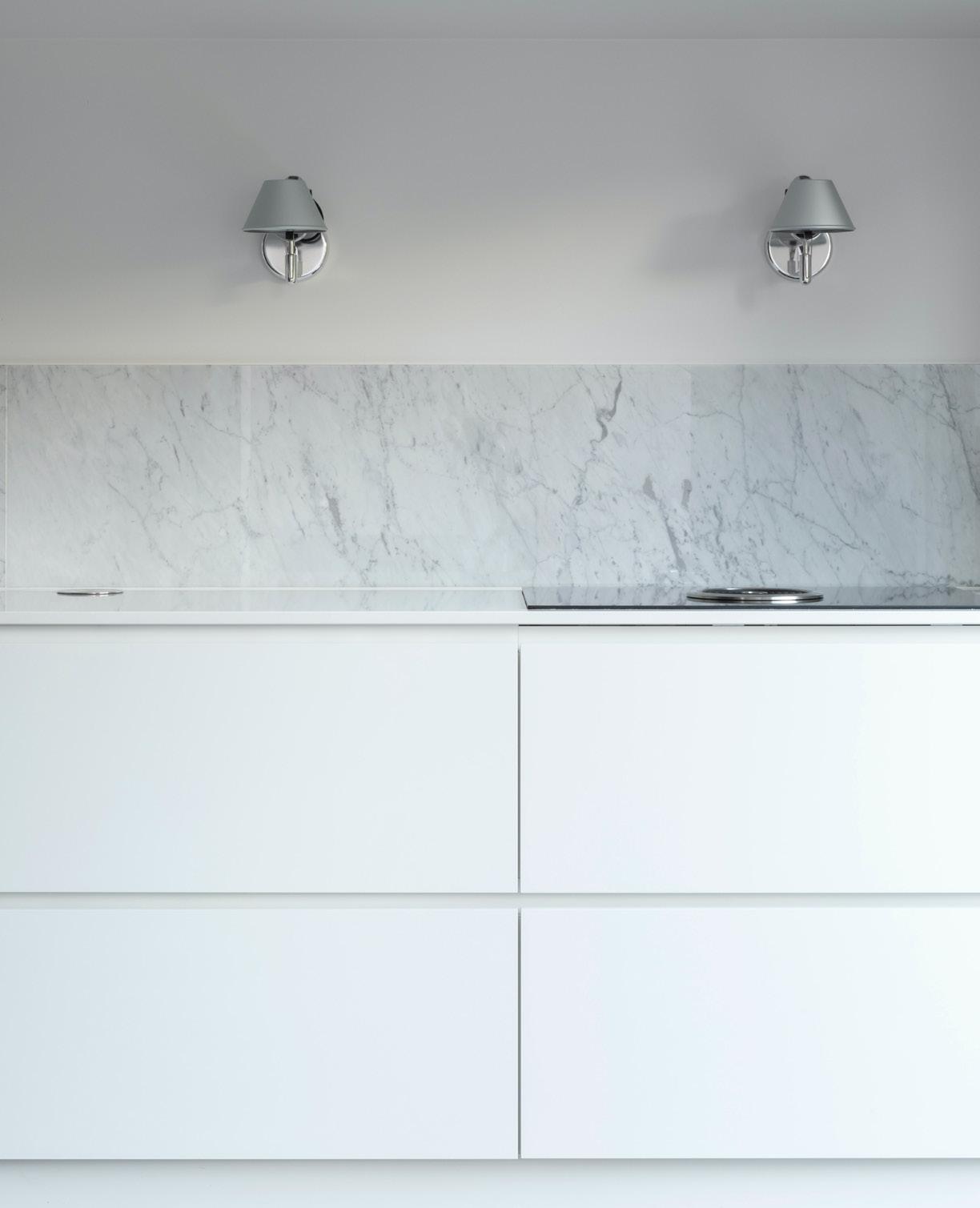
What’s on trend? Currently our studio is selecting more organic crafted tiles in saturated hues and customers are also loving the finger mosaic tile that bring in a condensed linear pattern. Choosing the colour is really driven by what you like, as what’s on trends comes and goes. We are drawn to 50 shades of green at the moment, a classic colour that works with most interior palettes.
A natural exposed stone tile is lovely, but we advise against going for that, because even with treating and sealing, grease does accumulates on the stone and cleaning can produce colour variations.
Extending the benchtop into a splash-back has definitely made it into the top three finishes in the last two years.
The benchtop splash-back has definitely made its way into the top three in the last two years. A stone or engineered stone benchtop is carried up the wall for a seamless look, generally using the stone in a thinner size for this so there isn’t a bulky edge. This marries with the European trend towards slimmer bench tops for a sleek look and is quite cost effective to use the off-cuts of the thinner benchtop for the splash back.
I think this gives a designer look as the components seamlessly complement each other rather than competing. The stone can look very dramatic if finished off with either down lighting with LED or it is fully illuminated.
A continuous back splash is really special with stones that have distinct veining or texture. The same piece applied to a vertical surface takes on quite a different characteristic that used on a flat benchtop surface.
Lastly metallics or glass have their place.
Glass is not only heat resistant, but also reflects more light around kitchen. I would stay away from printed splash backs as they are very personal taste and so not ideal if you plan to re-sell the house.
Opt for a tinted glass for a contemporary look and avoid going down the mirror route, they are impossible to keep showroom fresh.
If you need more light in your kitchen look at a window splashback which looks impressive and functional. If you’re putting in a window behind the sink, avoid water accumulation by inserting the pane flush to the sill.
Glass is also good if you want something that blends in or replicates a wall colour as wall paint is baked onto the back of the glass.
Metallic finishes such as metal mosaics, stainless or aluminium sheets have also made a design impact. However they do show up grease easily so have to be wiped down well to avoid dull patches. They can look particularly impressive if paired unique hardware like brass handles to finish off the look.
Laura Heynike - director of Pocketspace Interiors n
For this, and more OneRoof.co.nz content, click here
